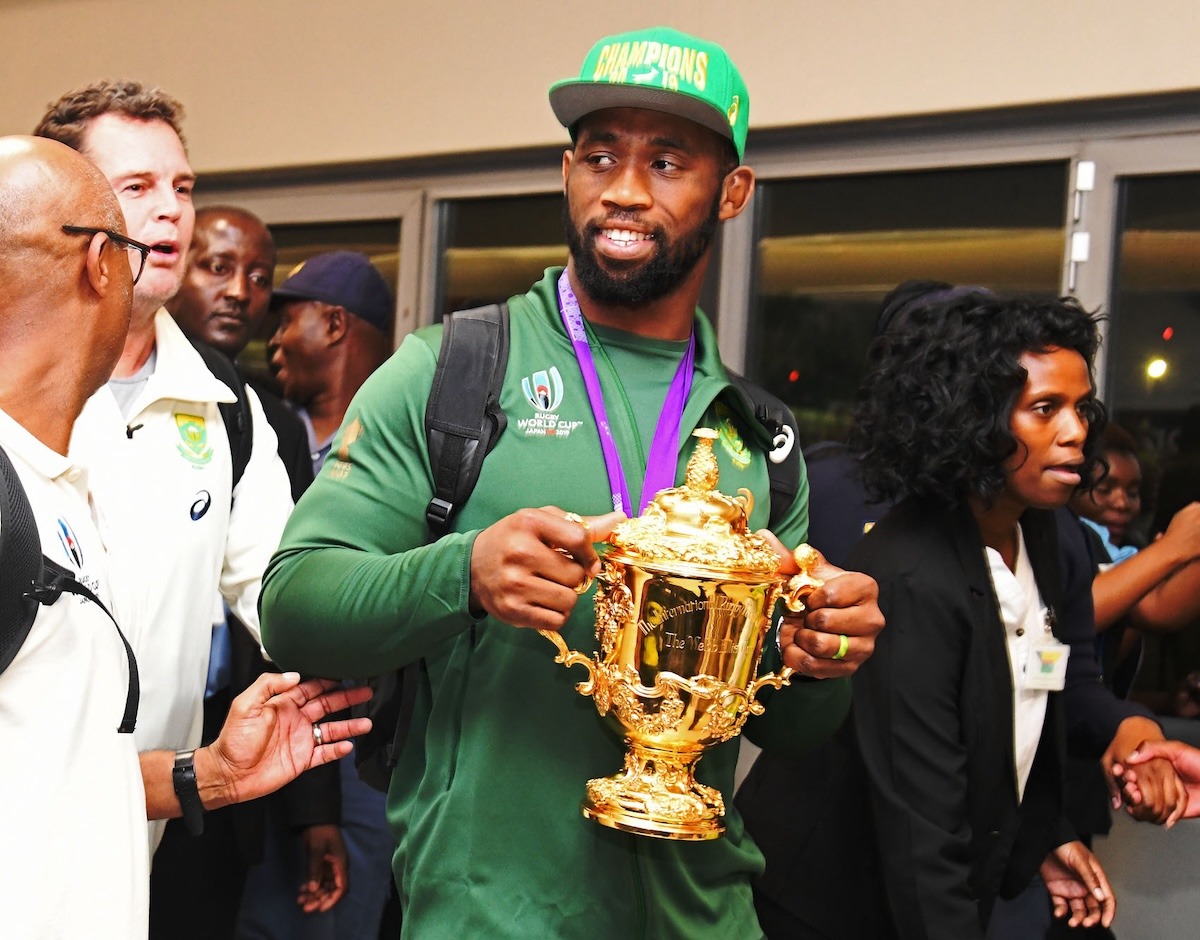A quarter of a century later, Siya, also an openside flanker wearing the number six, led his diverse cohort to the summit and tapped into the same nation-building narrative and again four years later when the national team became the first in rugby history to win four World Cups.
“Look at what this sport did in 1995, we can’t go away from that,” said Siya after the team had defeated New Zealand’s national team, the All Blacks, who were also led by an openside flanker, Sam Cane.
“Without that, I wouldn’t be here. There were people before me who fought for the opportunity for people who look like me to be able to play in this team. They never got to experience that.
“I’ve got a job to make sure that I give everything I can to inspire the next generation.”
And what an inspiration Siya has been. Humble, kind, hardworking, and the sort of player to put everything on the line for the team, Siya has gone from one of the country’s most popular rugby players to a global icon since his debut against Scotland just over a decade ago. Entrusted with one of the most public-facing roles in South African sport, Siya’s leadership skills have flourished with the help of an innovative coaching staff and a crop of senior players who will one day take their place amongst the legends of the 1995 and 2007 World Cup victories.
Thirty years into democracy, Siya has become a symbol of the “long-cherished dream” President Mandela spoke of and the late statesman would be proud that a person of Siya’s calibre is inspiring children to not only play in the sun but break barriers while doing it.
Read the 13th edition of Top 500



.svg)












